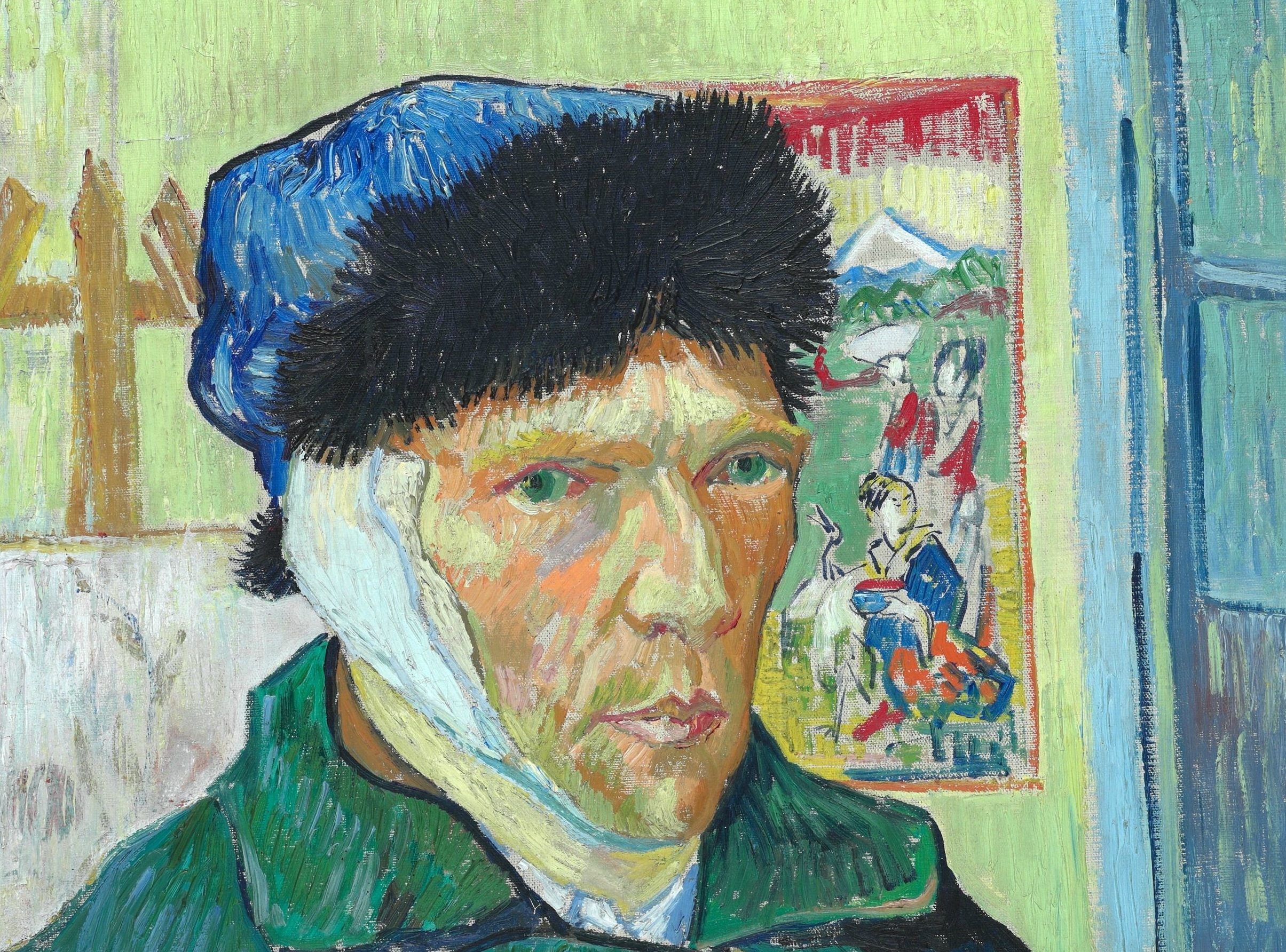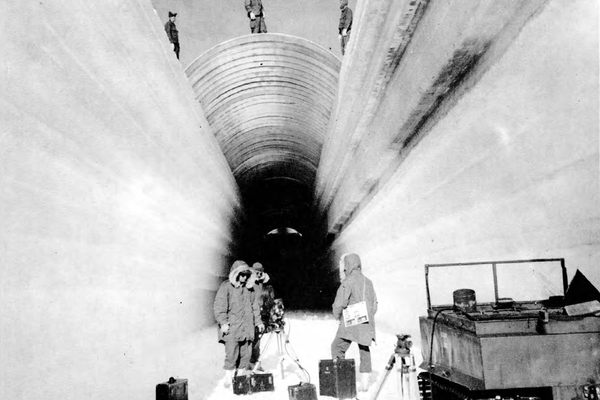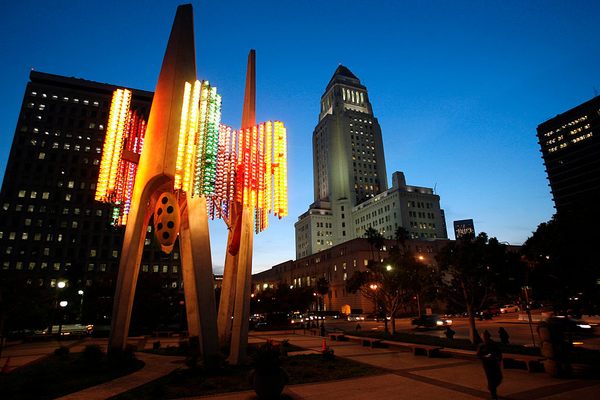The Mystery of Van Gogh’s Final Breakdown Will Probably Never Be Solved
Though we now think it was some kind of repeated “psychosis.”

Van Gogh’s famous Self-Portrait with Bandaged Ear (1889). (Photo: Public domain)
Even though Vincent Van Gogh began acting increasingly strangely during the final year and a half of his life, he produced some of his most famous works in that period, including 1889’s The Starry Night, before fatally shooting himself in 1890.
The artist has long been presumed to have suffered a psychotic break during this time. It was then, for example, that he cut off his ear and left it with a woman at a brothel, a gesture apparently not intended for the woman but for fellow artist Paul Gauguin, with whom Van Gogh had a fraught relationship.
Researchers and biographers have speculated for years what exactly caused his mental deterioration, but no one has been able to definitively say, though a recent analysis by a team of experts concluded that Van Gogh suffered from repeated “psychosis” in his final 18 months.
The analysis, however, couldn’t go any further in describing his mental state, according to the BBC, saying it was also possible that Van Gogh’s alcoholism had something to do with it.
“One single thing cannot explain the entire picture of what happened to Van Gogh,” Arko Oderwald, one of the experts, told the Telegraph.
The experts, a team of medical professionals and art historians, looked primarily at Van Gogh’s letters and other evidence, and presented their findings at a conference in Holland on Thursday.
The psychosis “could come from alcohol intoxication, lack of sleep, work stress and troubles with Gauguin, who was going to leave—attachment being one of his problems in life,” Oderwald said. “He has repeated episodes of psychosis but recovered completely in between.”
Born in 1853, Van Gogh was just 37 when he died.

























Follow us on Twitter to get the latest on the world's hidden wonders.
Like us on Facebook to get the latest on the world's hidden wonders.
Follow us on Twitter Like us on Facebook